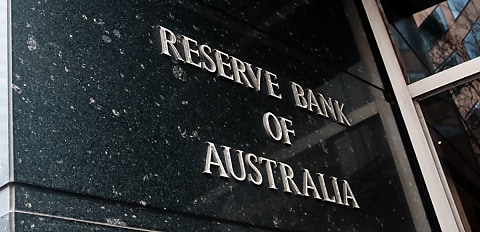Major bank ANZ has announced it has shifted its Reserve Bank of Australia (RBA) cash rate cut call to February 2025 from November 2024.
ANZ head of Australian economics Adam Boyton said that the major bank has expected that the first cash rate cut in the current cycle to occur during the November 2024 meeting since November 2022.
However, Boyton stated that they have been “cautioning that the risks around that view were skewed to a later start to the easing cycle”.
Boyton outlined several factors that have resulted in these risks becoming “sufficiently material” to prompt a change in ANZ’s cash rate view.
Those factors included the Q1 national accounts revealing less weakness in household consumption; the labour market performance (excluding the pandemic) over the past 10 years that has suggested trend growth in the economy “could be as low as 2 per cent”; and government consumption continuing to add to GDP growth and supporting employment.
Furthermore, the stronger-than-expected March quarter Consumer Price Index (CPI) data has made it difficult to see the RBA being confident that inflation will return and stay in the target band of 2–3 per cent by November this year, according to Boyton.
Additionally, with the monthly CPI for April rising by 3.6 per cent, could “test the RBA’s patience” according to Judo Bank’s chief economic adviser Warren Hogan, who noted that “inflation’s underlying ‘pulse’ might be picking up in 2024”.
Boyton said: “It’s not that monetary policy isn’t working. It is.
“The economy has clearly slowed, particularly across private final demand. It’s for this reason (and as we detailed after the Q1 CPI) that we think a rate hike remains unlikely.
“However, getting an appropriate balance between the level of demand and supply is likely to take a little longer than expected given the three factors outlined above.”
He added that following the first rate cut now expected to occur in February 2025, the major bank expects a follow-up easing shortly after, most likely in April or May.
“We are retaining three cuts in our forecasts but see the final cut being delayed until the final quarter of 2025. That is, three 25-bps rate cuts, 75-bps of easing in total. We see risks around the start of the easing cycle as balanced,” Boyton said.
“Risks around the quantum of easing are skewed to two cuts (50-bps in total) being more likely than four (100-bps). This is not personal advice. It does not consider your financial situation or goals.”
At the time of writing, the three other major banks (CBA, NAB, and Westpac) have not yet shifted their rate cut calls into 2025, with CBA and Westpac still expecting a cut to occur in November 2024, while NAB has a December 2024 rate cut predicted.
However, CBA’s head of Australian economics Gareth Aird flagged that given the challenging inflation backdrops, the risks to the November 2024 rate cut call are “increasingly moving towards a later start date for an easing cycle”.
Speaking to the Senate economics legislation committee in Canberra last week (5 June), RBA governor Michele Bullock said that the central bank will remain data-dependent and maintain its neutral stance ahead of the next instalment of quarterly inflation data.
However, should inflation rebound, Bullock conceded that the RBA will be prompted to raise interest rates for the 14th time in this cycle.
“If we think we’re on the narrow path, we can stay basically pretty much where we are, not ruling anything in or out,” Bullock said.
“If it turns out that inflation starts to go up again or it’s much stickier than we think, we’re not getting it down, then we won’t hesitate to move and raise interest rates again.”
[RELATED: RBA ‘won’t hesitate’ to hike if inflation remains sticky]

